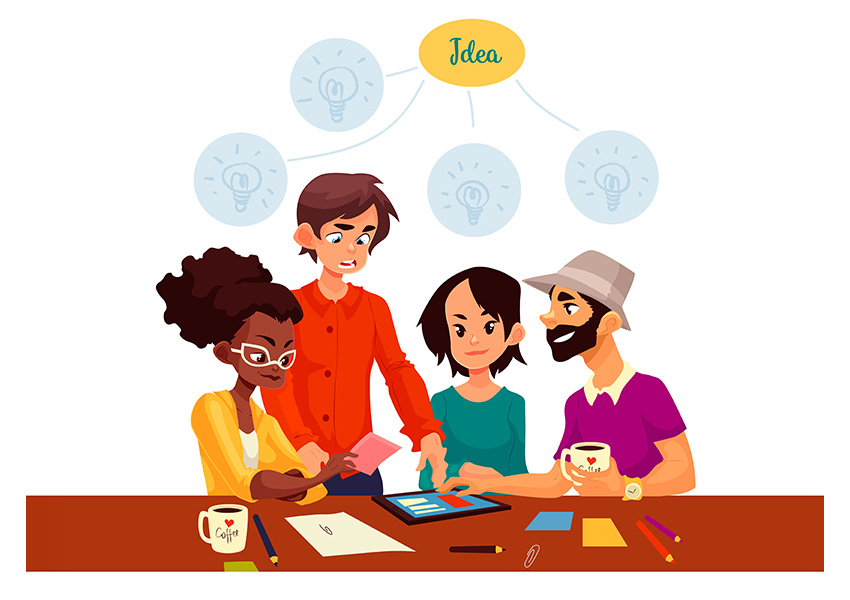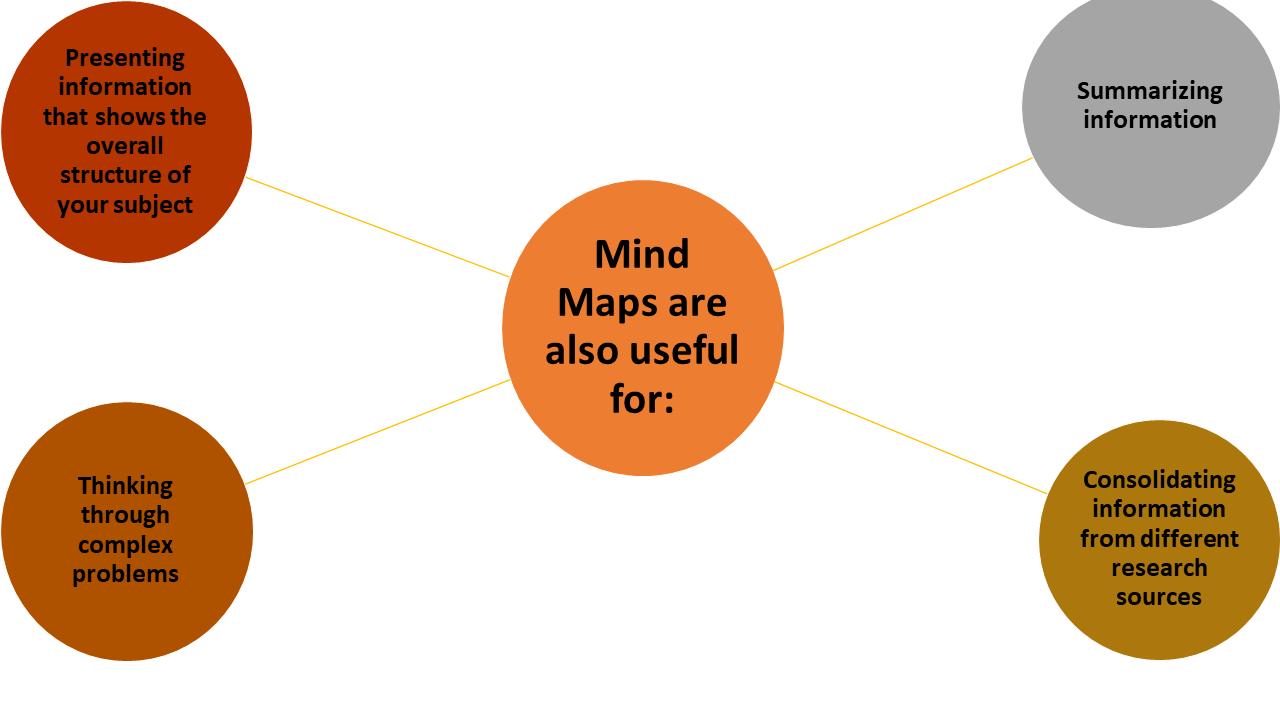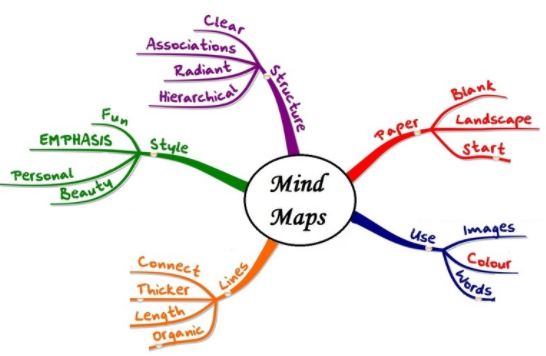Brainstorming
The following steps are recommended for a brainstorming session:
- Select the topic or problem to be discussed.
- Each group member makes a list of ideas on a piece of paper. This should take no longer than 10 minutes.
- Each person reads one idea at a time from her list of ideas, sequentially, starting at the top of the list. As ideas are read, they should be recorded and displayed by the group leader. Group members continue in this circular reading fashion until all the ideas on everyone’s list are read.
- If a member’s next idea is duplication, that member goes on to the subsequent idea on his list. x Members are free to pass on each go-round but should be encouraged to add something.
- The leader then requests each group member, in turn, to think of any new ideas she hadn’t thought of before. Hearing others’ ideas will probably result in related ideas. This is called piggybacking. The leader continues asking each group member, in turn, for new ideas, until they can’t think of any more.
- If the group reaches an impasse, the leader can ask for everyone’s, “wildest idea”, an unrealistic idea can stimulate a valid one from someone else.

Rules
Certain rules should be observed by the participants to ensure a successful brainstorming session – otherwise, participation may be inhibited.
Don’t criticize, by word or gesture, anyone’s ideas.
- Don’t discuss any ideas during the session, except for clarification.
- Don’t hesitate to suggest an idea because it sounds silly. Many times, a “dumb” idea can lead to the problem solution.
- Each team member should suggest only one idea at a time
- Don’t allow the group to be dominated by one or two people.
- Don’t let brainstorming become a gripe session.
Aids to Better Brainstorming
A relaxed atmosphere in which people feel free to suggest any kind of idea enhances the brainstorming session. Here are five techniques that may improve brainstorming by giving people ways to come up with new ideas.
- Modification is changing some aspect of an existing product or service. An example is lower-priced movie tickets for senior citizens.
- Magnification is enlarging a product or service, such as giant economy-size packages.
- Minification is altering a product or service so it becomes smaller or less complex. Examples are portable radios and televisions, electronic calculators, and no-frills airline travel.
- Substitution is using a certain material or service in place of what has traditionally been employed. Examples are using polyester instead of cotton, plastic in place of metal, and nurse-midwives instead of physicians.
- Rearrangement is altering the configuration of basic elements in a product or service-for example, some housing developments use several floor plans but all homes have the same basic features.

An Example of Brainstorming
Consider a group of six people, one from each department of an organization, who brainstorm about the problem of excessive employee absenteeism. They’ve already decided on the topic to be discussed, so they can proceed to making their lists of causes. After completing their lists, they read their ideas, sequentially, one at a time. The designated leader records the ideas on a flip chart.
The first person’s list of possible causes of excessive employee absenteeism is
- Low morale.
- No penalties for absence.
- Boredom with job.
- Personal problems. The second person’s list is
- Dislike of supervisor.
- Drug problems.
- Performance anxiety.
- Anger over pay.
- Work-related accidents.
Other members have similar lists. After everyone have read their lists and the causes have been recorded, the leader requests any new ideas that have emerged. Piggybacking on one of the first person’s causes – “personal problems”- might result in another cause, “family problems.” Asking for wild ideas might generate a response such as “addiction to video games” or “rundown bathroom facilities.”
After all of the ideas have emerged, each group member gets a copy of the list to study. The group meets again and evaluates the ideas. They rank them in order of importance and decide that low morale, drug problems, and boredom with job are the three most critical causes of absenteeism. They are then in the position to develop an action plan to deal with these causes.
Mind Maps
Mind Maps are very important techniques for improving the way you take notes. By using Mind Maps you show the structure of the subject and linkages between points, as well as the raw facts contained in normal notes. Mind Maps hold information in a format that your mind will find easy to remember and quick to review.
Mind Maps abandon the list format of conventional note taking. They do this in favour of a two-dimensional structure. A good Mind Map shows the 'shape' of the subject, the relative importance of individual points and the way in which one fact relates to other. Mind Maps are more compact than conventional notes, often taking up one side of paper. This helps you to make associations easily. If you find out more information after you have drawn the main Mind Map, then you can easily integrate it with little disruption.

Mind Maps are also very quick to review, as it is easy to refresh information in your mind just by glancing at one.
Mind Maps can also be effective mnemonics. Remembering the shape and structure of a Mind Map can provide the cues necessary to remember the information within it. They engage much more of the brain in the process of assimilating and connecting facts than conventional notes.
Drawing Basic Mind Maps
This book was researched and planned using Mind Maps. They are too large to publish here, however part of one is shown below. This shows research into time management skills:
Figure 1: Example of a mind map:
To make notes on a subject using a Mind Map, draw it in the following way:
- Write the title of the subject in the centre of the page, and draw a circle around it. This is shown by the circle marked 1 in the figure 1.
- For the major subject subheadings, draw lines out from this circle. Label these lines with the subheadings. These are shown by the lines marked 2 in figure 1.
- If you have another level of information belonging to the subheadings above, draw these and link them to the subheading lines. These are shown by the lines marked 3 in figure 1.
- Finally, for individual facts or ideas, draw lines out from the appropriate heading line and label them. These are shown by the lines marked 4 in figure 1.
As you come across new information, link it in to the Mind Map appropriately.
A complete Mind Map may have main topic lines radiating in all directions from the centre. Sub-topics and facts will branch off these, like branches and twigs from the trunk of a tree. You do not need to worry about the structure produced, as this will evolve of its own accord.
Note that the idea of 'levels' in Figure 1 is only used to help show how the Mind Map was created. All we are showing is that major headings radiate from the centre, with lower level headings and facts branching off from the higher-level headings.
While drawing Mind Maps by hand is appropriate in many cases, software tools improve the process by helping to you to produce high quality Concept Maps, which can easily be edited and redrafted.
Improving your Mind Maps
Your Mind Maps are your own property: once you understand how to make notes in the Mind Map format, you can develop your own conventions to take them further. The following suggestions may help to increase the effectiveness of your Mind Maps:
Use single words or simple phrases for information:
Most words in normal writing are padding, as they ensure that facts are conveyed in the correct context, and in a format that is pleasant to read. In your own Mind Maps, single strong words and meaningful phrases can convey the same meaning more potently. Excess words just clutter the Mind Map.
Print words: Joined up or indistinct writing can be more difficult to read.
Use colour to separate different ideas: This will help you to separate ideas where necessary. It also helps you to visualize of the Mind Map for recall. Colour also helps to show the organization of the subject.
Use symbols and images: Where a symbol or picture means something to you, use it. Pictures can help you to remember information more effectively than words.
Using cross-linkages: Information in one part of the Mind Map may relate to another part. Here you can draw in lines to show the cross-linkages. This helps you to see how one part of the subject affects another.
Key Points
Mind Maps provide an extremely effective method of taking notes. They show not only facts, but also the overall structure of a subject and the relative importance of individual parts of it. Mind Maps help you to associate ideas and make connections that might not otherwise make.
If you do any form of research or note taking, try experimenting with Mind Maps. You will find them surprisingly effective.

